DPHY - Research units
CMT | CSE | ECM | FPA | IEA | ERS | SLM
Sensors and micro/nano technologies (CMT)
CMT carries out activities on innovative miniature sensors, from original designs to complete sensors, including electronics and signal processing. CMT possesses equipment and facilities (cleanroom) required to the manufacturing, integration and test of prototypes. These devices exploit in particular the properties of thin films for measurements in harsh environments, micro-resonators for high-performance inertial sensors, and two-dimensional materials (graphene, boron nitride) for gas sensors and resonant sensors.
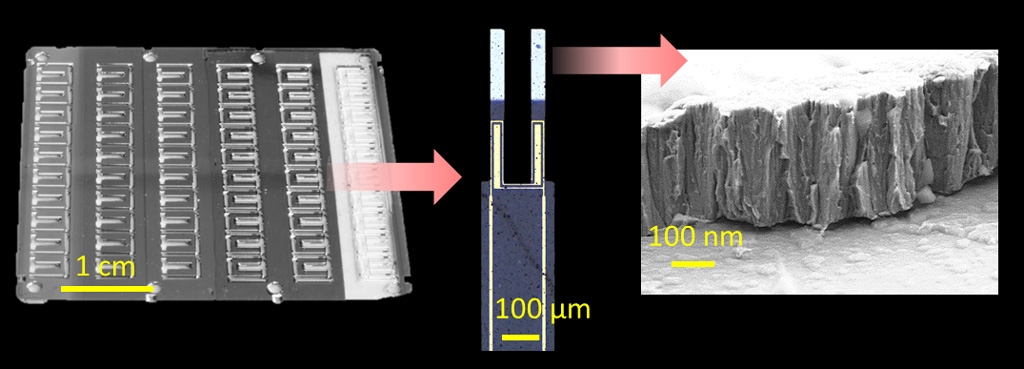
Resonant micro-magnetometer- on the left, magnetometers on wafer produced by collective micromachining ; on the middle, a tuning fork resonator with its actuation electrodes ; on the right, a thin film of ferromagnetic material deposited at the end of the tuning fork arms
Satellite - Environment coupling (CSE)
CSE addresses the specific physics of the interaction of satellites with the environment, in the case of satellites inducing local dynamics within their environment. In fact, in the case of low-energy charged particles or neutral molecular particles, it is not possible to overlook the influence of a satellite on its induced local environment, which it modifies or even creates through its emissions.
CSE's mission is to study, understand and predict the consequences of these strong coupling situations between the satellite and its environment, along two broad lines: the effects of charge and the contamination.
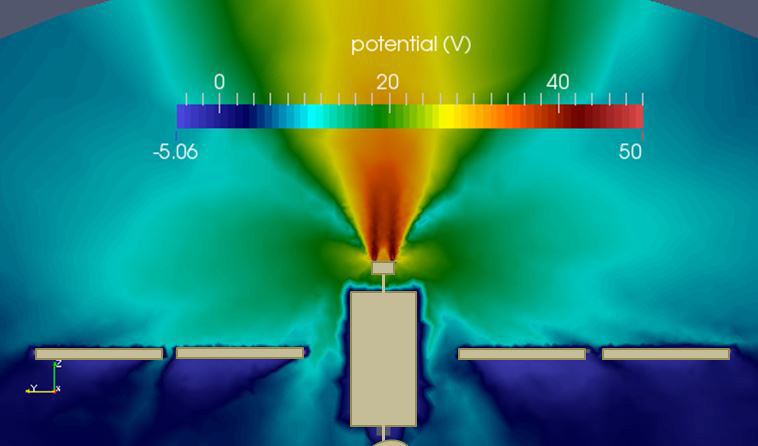
SPIS simulation of the potential distribution at the outlet of an electric thruster used for positioning a satellite in orbit
Effects of the aerospace environment on components and materials (ECM)
ECM analyses the reliability of on-board systems in space, stratospheric (balloons) and atmospheric (aeronautical, ground) environments, with the effects of radiation on electronics (cumulative and single events), and the ageing of materials in complex environments.
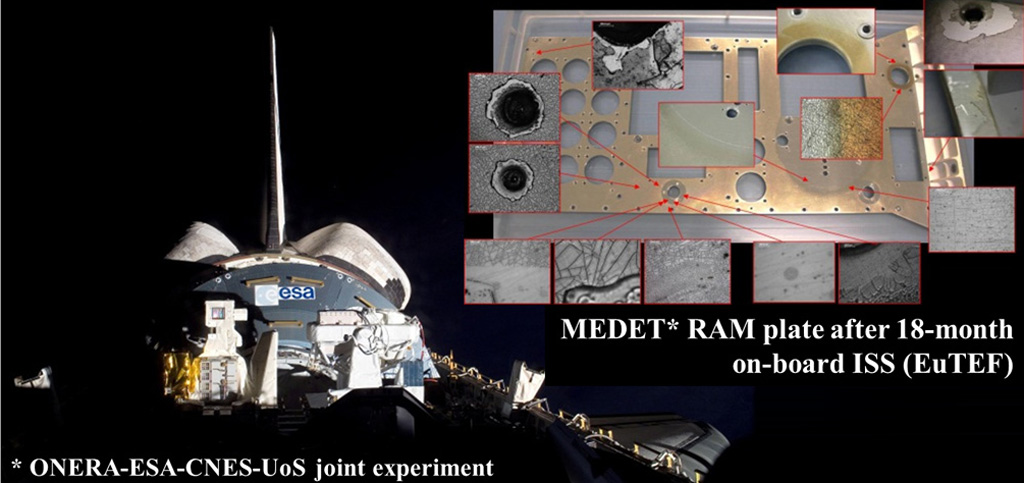 Active MEDET experiment on materials exposure on the International Space Station
Active MEDET experiment on materials exposure on the International Space Station
Lightning, plasmas and application (FPA)
FPA studies, characterises and models natural or controlled plasmas of interest in aerospace.
Its fields of application include lightning protection for aircraft, electric propulsion for satellites, magnetohydrodynamics and the development of specific plasma sources (dielectric barrier discharges, nanosecond discharges, etc.) for flow control, combustion and decontamination.
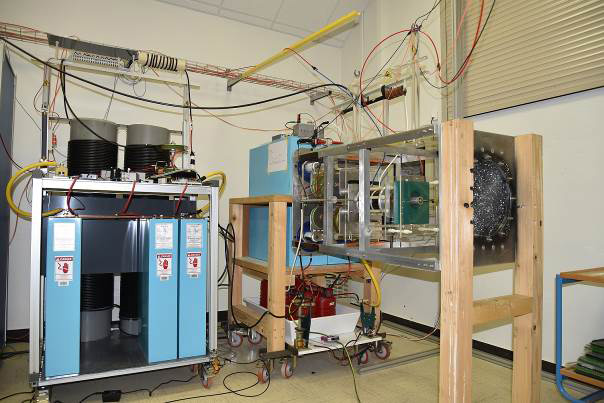
"GRIFON" test bench for studying the impact of lightning
Aerospace instrumentation and equipment (IEA)
IEA develops its activity around two closely-linked topics, the first enabling initiation of the second: the development of new aerospace instruments around ultrasensitive accelerometry which is the unit's core business; and participation to space missions where its instruments are used for scientific purposes (geodesy or fundamental physics).
 Flight model of the T-SAGE accelerometer used for the MICROSCOPE mission, aiming tot test the Equivalence Principe in space.
Flight model of the T-SAGE accelerometer used for the MICROSCOPE mission, aiming tot test the Equivalence Principe in space.
Spatial Radiative Environment (ERS)
ERS has several missions:
- Defining ionising environments to assess their effects on space systems
- Developing engineering models of radiation belts for the space environment specification for future missions (e.g. IGE2006: International Geostationary Electron model 2006; GREEN: Global Radiation Earth Environment 2016)
- Reproducing the ionising environment for analysing flight anomalies
- Creating and maintaining a database of environmental measurements for the service of industry (IPODE, Ionising Particle Onera DatabasE and IPSAT, Ionising Particle in Space Analysis Tool)
cf.: https://craterre.onecert.fr/home.html.
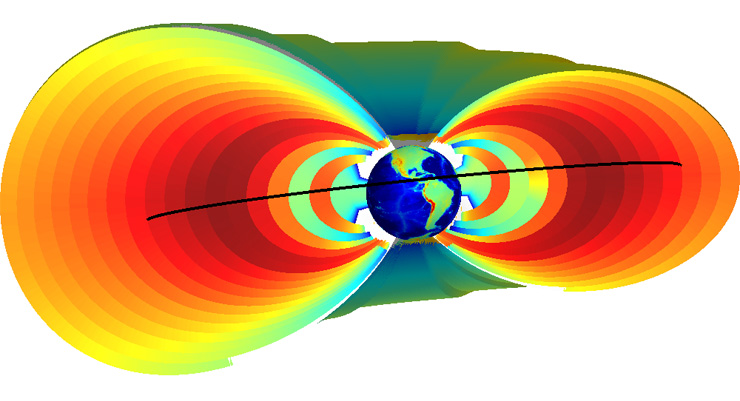 3D representation of the energy particle flows in the Earth's radiation belts (results of the GREEN model). The GEO orbit is indicated in black
3D representation of the energy particle flows in the Earth's radiation belts (results of the GREEN model). The GEO orbit is indicated in black
Laser sources and metrology (SLM)
SLM develops optical metrology techniques, and implements them in measurement instruments covering a wide field of applications. To this end, SLM designs dedicated laser sources, instruments and metrology techniques derived from linear, non-linear or quantum optics. SLM develops in particular:
- Test benches and probes for opical diagnostics
- Local or remote gas detection systems
- Interferometric matter wave sensors, such as cold-atom inertial sensors
Developments of laser metrology systems:
Optical Parametric Oscillator for gas detection (top left)
multi-parameter laser absorption probe(top right), marine atomic gravimeter prototype (bottom left) , and Raman temperature measurement in a flame (bottom right)

